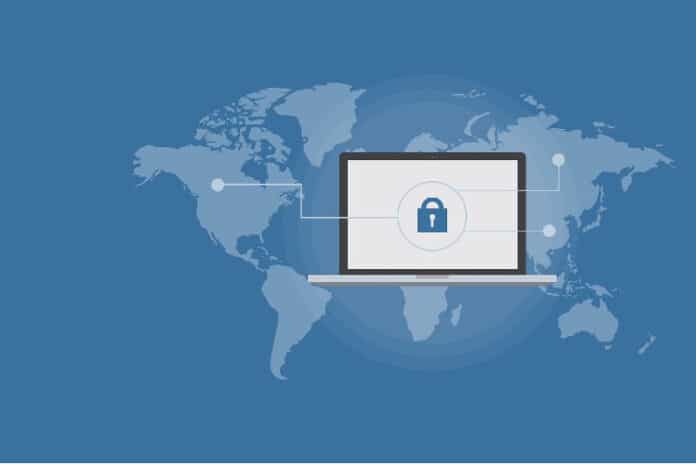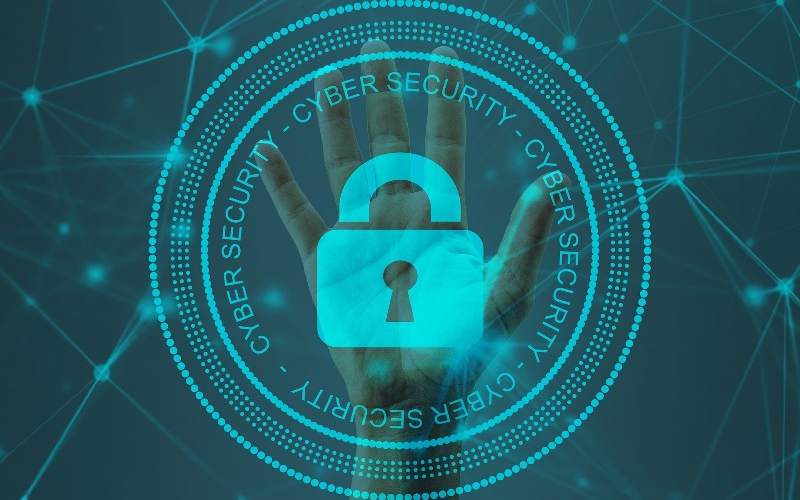
Whether you’re surfing the web, shopping online, or interacting on social media, your digital footprint is everywhere. But do you know how to protect yourself in this vast digital landscape?
This blog post is going to explore some key strategies to make your online experience safer. So, buckle up, and let’s dive into the world of online safety together. You’re about to take control of your digital life like never before.
Review Privacy Settings
Regularly reviewing and updating your privacy settings across all digital platforms is a critical step in securing your online presence. These settings control who can view your personal information, activity, and the data you share.
Hiring a service specializing in cybersecurity for hedge funds will help you figure out what settings need to be changed or updated. By default, some platforms may set your profile to public, leaving your sensitive information exposed to malicious actors.
Conducting routine privacy setting reviews allows you to limit the visibility of your data, control who can contact you, and decide which apps have access to your details.
It’s also important to turn on privacy features such as two-factor authentication for added security. Reviewing and customizing these settings not only provides a personal shield against identity theft and other cyber threats but also gives you control over your digital footprint. Remember, in this digital era, your privacy is as important as your security.
Enable Two-factor Authentication
Enabling two-factor authentication (2FA) is a powerful way to bolster your online safety. It adds an extra layer of security to the standard password method of online identification. By requiring a second piece of information, 2FA ensures that even if someone else knows your password, they still can’t access your accounts.
This second layer could be a text message or email sent to your device, a biometric method such as a fingerprint, or an authenticator app code. This significantly reduces the chances of phishing, data breaches, and identity theft. While it may involve an additional step when logging in, the added security is well worth the minor inconvenience. After all, in a world of growing digital threats, it’s better to be safe than sorry.
Create Strong Passwords
Passwords serve as the first line of defense against attempts to access your data. A strong password – one that uses a mix of letter cases, numbers, and special characters – is difficult for cybercriminals to guess or crack through brute-force attacks.
Furthermore, avoiding obvious personal information, such as your name, birthdate, or common words, makes your password harder to predict.
It’s also recommended to change your passwords regularly and avoid reusing them across multiple platforms. By doing so, you minimize the risk of multiple accounts being compromised if one password is breached. And, by using a password manager, you can safely store and manage your diverse set of passwords. Consequently, strong passwords play a pivotal role in ensuring a safer online experience.
Learn About Online Threats
In the age where everyone uses the Internet, there are tons of different threats lurking around. These are the following:
- Phishing
- Ransomware
- Malware
- Social engineering
- Identity theft
- Zero-day exploits
- Man-in-the-middle attacks
- Denial-of-service attacks
- Man-in-the-middle attacks
- Data breaches
- Password attacks
- IoT vulnerabilities
- Unsecured Wi-Fi Networks
- Eavesdropping
- Fake websites and apps
- Cyberbullying
When you’re armed with knowledge about common threats such as phishing, ransomware, and malware, you can better recognize them, reducing the likelihood of falling prey to their traps. Additionally, being aware of social engineering tactics helps you identify suspicious communications and avoid disclosing sensitive information.
Understanding online threats also empowers you to implement appropriate security measures, like enabling two-factor authentication, using strong passwords, and scrutinizing unknown emails and websites. In essence, your awareness and understanding of these threats is your first line of defense in the digital world.
Keep Software and Devices Updated
Consistently updating your software and devices is a crucial strategy for a safer online experience. Each update not only enhances the features and performance of your software and devices but more importantly, they often include patches for security vulnerabilities.
Cybercriminals are constantly seeking to exploit these vulnerabilities to infiltrate systems and steal valuable data.
By neglecting updates, you leave your devices and software exposed to these threats. Furthermore, updated software and devices also have improved defenses against new forms of malware and cyber-attacks.
Consequently, keeping your software and devices updated is akin to bolstering the walls of a fortress – it makes it harder for attackers to penetrate your defenses, thus ensuring a safer online experience.
Be Cautious with Emails and Links
Cybercriminals often use phishing emails and malicious links to trick unsuspecting individuals into revealing sensitive information or downloading malware. Always scrutinize the sender’s details in emails and avoid clicking on links from unfamiliar sources.
If an email requests immediate action or provides a link to update or confirm account details, it’s likely a phishing attempt.
Instead of clicking the link, visit the official website or contact customer service directly. Similarly, avoid clicking on shortened URLs on social media platforms as they may redirect you to harmful sites. Secure browsing extensions can also provide an added layer of protection by warning you of potentially unsafe sites. By being vigilant and treating every email and link with suspicion, you can significantly enhance your online safety.
Use Secure Wi-Fi Connections
Public Wi-Fi networks often lack adequate security measures, making them prime targets for cybercriminals seeking to intercept your data. By contrast, secure Wi-Fi networks are encrypted, meaning the data you send and receive is scrambled, making it difficult for unauthorized individuals to interpret.
If you must use public Wi-Fi, consider using a Virtual Private Network (VPN), which provides a secure tunnel for your data to travel through, minimizing the risk of interception.
Regularly updating your router’s firmware and changing its default password also strengthens your Wi-Fi network’s security. In essence, secure Wi-Fi connections provide a robust shield, safeguarding your data from potential cyber threats and ensuring a safer online experience.

Remember, staying informed and vigilant is your best bet against the increasing threats in the online world. So, always prioritize your online safety, because in the virtual world, just as in the physical one, prevention is better than cure.





